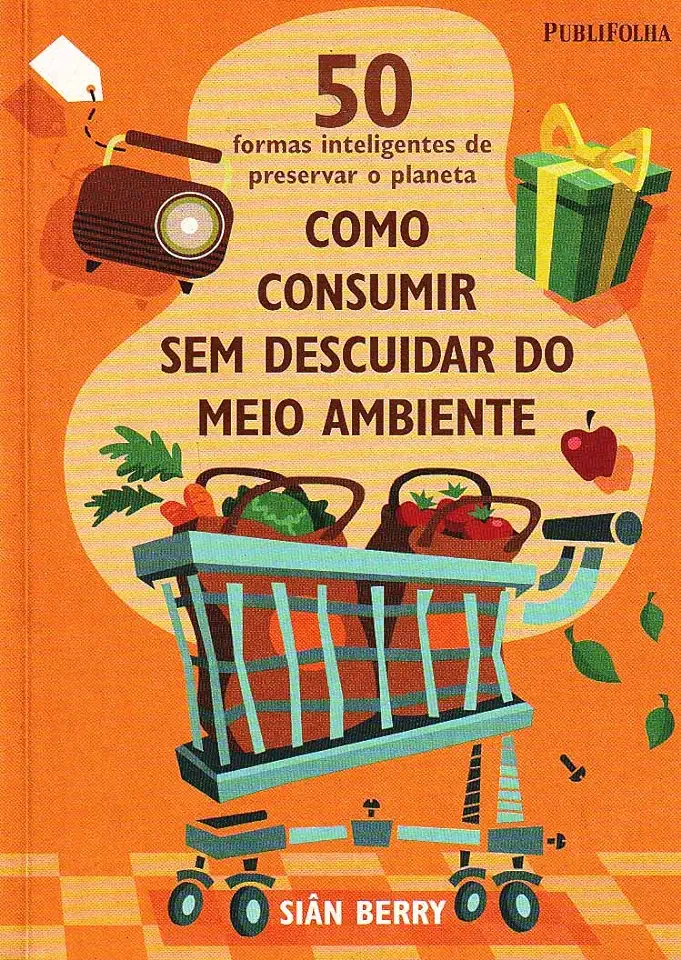
How to Consume Without Harming the Environment - Siân Berry
How to Consume Without Harming the Environment: A Guide for the Conscious Consumer
In her groundbreaking book, "How to Consume Without Harming the Environment," Siân Berry offers a comprehensive and practical guide to help readers make more sustainable choices in their everyday lives. With a wealth of knowledge and experience in environmental activism, Berry provides a compelling argument for the urgent need to reduce our consumption and its impact on the planet.
Understanding the Problem: The Environmental Cost of Consumption
Berry begins by painting a vivid picture of the devastating effects of our current consumption patterns on the environment. She highlights the alarming rate of deforestation, pollution, and climate change, all of which are directly linked to our insatiable desire for goods and services. Through compelling statistics and real-life examples, Berry emphasizes the urgency of taking action to mitigate these environmental challenges.
The Power of Conscious Consumption: Making a Difference
Berry argues that individual choices matter and that every small change in our consumption habits can contribute to a larger positive impact on the environment. She introduces the concept of "conscious consumption," which involves making informed decisions about what we buy, how we use it, and how we dispose of it. By embracing conscious consumption, individuals can reduce their environmental footprint and become part of the solution.
Practical Strategies for Sustainable Living
The book delves into practical strategies that readers can implement to reduce their environmental impact. Berry covers a wide range of topics, including:
- Food: Choosing locally sourced, organic, and plant-based foods can significantly reduce greenhouse gas emissions and support sustainable agriculture.
- Fashion: Opting for sustainable fashion brands, buying secondhand, and practicing mindful clothing care can minimize the environmental impact of the fashion industry.
- Transportation: Shifting towards public transportation, cycling, or walking whenever possible can reduce carbon emissions and improve air quality.
- Energy: Conserving energy at home, investing in renewable energy sources, and choosing energy-efficient appliances can help combat climate change.
- Waste: Practicing the 3Rs (Reduce, Reuse, Recycle) and composting can significantly reduce the amount of waste sent to landfills and incinerators.
Empowering Change: Advocacy and Policy
Berry emphasizes the importance of individual action but also recognizes the need for systemic change. She encourages readers to engage in advocacy and support policies that promote sustainable consumption and environmental protection. By raising awareness, supporting sustainable businesses, and holding governments accountable, individuals can contribute to creating a more sustainable future.
Conclusion: A Call to Action
"How to Consume Without Harming the Environment" serves as a powerful call to action, urging readers to embrace conscious consumption and become agents of positive change. With its wealth of practical advice, compelling arguments, and inspiring examples, this book is a must-read for anyone concerned about the environmental impact of their consumption choices. Join the movement towards a more sustainable future by getting your copy today!
Enjoyed the summary? Discover all the details and take your reading to the next level — [click here to view the book on Amazon!]